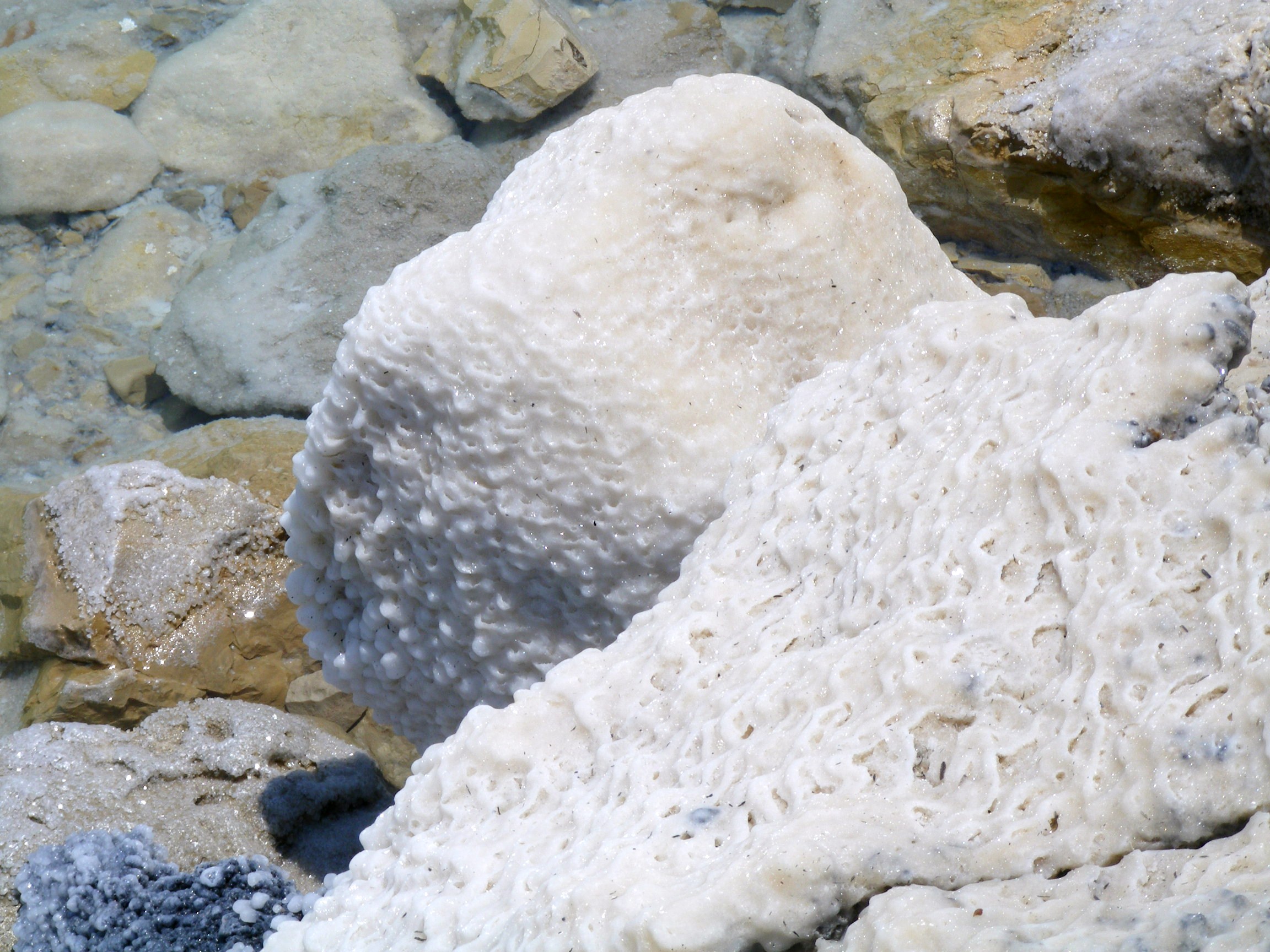|
Bidens Hyperborea
''Bidens hyperborea'' (common names estuary beggarticks, northern beggar-ticks or estuary bur-marigold) is a coastal species of flowering plant in the family Asteraceae. It grows along the coasts of Hudson Bay, the Arctic Ocean, and the North Atlantic Ocean in eastern Canada (Labrador, Nunavut, Ontario, Quebec, New Brunswick, Nova Scotia) and the northeastern United States (Maine, New Hampshire, Massachusetts, New York). ''Bidens hyperborea'' is an annual herb up to 70 cm (28 inches) tall. It produces yellow flower heads sometimes one at a time, sometimes 2 or 3, each containing both disc florets and (usually) ray florets. The species grows in salt marshes and along the banks of marine estuaries. References External linksin French * ttp://www.oliverhull.com/index.php/project/hyperborea/ Oliver Hull, ''Bidens hyperborea'' Watercolour on paper, pewter coins, rare earth magnets hyperborea In Greek mythology, the Hyperboreans ( grc, Ὑπερβόρε(ι)οι, ; la, H ... [...More Info...] [...Related Items...] OR: [Wikipedia] [Google] [Baidu] |
Edward Lee Greene
Edward Lee Greene (August 20, 1843–November 10, 1915) was an American botanist known for his numerous publications including the two-part ''Landmarks of Botanical History'' and the describing of over 4,400 species of plants in the American West. Early life Edward Lee Greene was born on August 20, 1843 in Hopkinton, Rhode Island. In 1859 Greene moved to Wisconsin and began studying at Albion Academy, a very reputable institution with a religious emphasis. There Greene met Thure Kumlien, a Swedish Naturalist with an interest in botany. Greene accompanied Kumlein on field trips, further developing Greene's interest in botany. In August 1862, Greene joined his father and brothers in joining the 13th Wisconsin Volunteer Infantry Regiment of the Union Army. Though he never rose above the rank of private in his three years of service, Greene was able to advance his botanical studies, collecting specimens as he marched through Tennessee, Kentucky and Alabama. Following his release ... [...More Info...] [...Related Items...] OR: [Wikipedia] [Google] [Baidu] |
Maine
Maine () is a U.S. state, state in the New England and Northeastern United States, Northeastern regions of the United States. It borders New Hampshire to the west, the Gulf of Maine to the southeast, and the Provinces and territories of Canada, Canadian provinces of New Brunswick and Quebec to the northeast and northwest, respectively. The largest state by total area in New England, Maine is the List of U.S. states and territories by area, 12th-smallest by area, the List of U.S. states and territories by population, 9th-least populous, the List of U.S. states by population density, 13th-least densely populated, and the most rural of the List of states and territories of the United States, 50 U.S. states. It is also the northeastern United States, northeasternmost among the contiguous United States, the northernmost state east of the Great Lakes, the only state whose name consists of a single syllable, and the only state to border exactly one other U.S. state. Approximately half ... [...More Info...] [...Related Items...] OR: [Wikipedia] [Google] [Baidu] |
Flora Of Eastern Canada
Flora (: floras or florae) is all the plant life present in a particular region or time, generally the naturally occurring ( indigenous) native plants. The corresponding term for animals is ''fauna'', and for fungi, it is '' funga''. Sometimes bacteria and fungi are also referred to as flora as in the terms ''gut flora'' or ''skin flora''. Etymology The word "flora" comes from the Latin name of Flora, the goddess of plants, flowers, and fertility in Roman mythology. The technical term "flora" is then derived from a metonymy of this goddess at the end of the sixteenth century. It was first used in poetry to denote the natural vegetation of an area, but soon also assumed the meaning of a work cataloguing such vegetation. Moreover, "Flora" was used to refer to the flowers of an artificial garden in the seventeenth century. The distinction between vegetation (the general appearance of a community) and flora (the taxonomic composition of a community) was first made by Jules Thurm ... [...More Info...] [...Related Items...] OR: [Wikipedia] [Google] [Baidu] |
Salt Marsh Plants
Salt is a mineral composed primarily of sodium chloride (NaCl), a chemical compound belonging to the larger class of salts; salt in the form of a natural crystalline mineral is known as rock salt or halite. Salt is present in vast quantities in seawater. The open ocean has about of solids per liter of sea water, a salinity of 3.5%. Salt is essential for life in general, and saltiness is one of the basic human tastes. Salt is one of the oldest and most ubiquitous food seasonings, and is known to uniformly improve the taste perception of food, including otherwise unpalatable food. Salting, brining, and pickling are also ancient and important methods of food preservation. Some of the earliest evidence of salt processing dates to around 6,000 BC, when people living in the area of present-day Romania boiled spring water to extract salts; a salt-works in China dates to approximately the same period. Salt was also prized by the ancient Hebrews, Greeks, Romans, Byzantines, H ... [...More Info...] [...Related Items...] OR: [Wikipedia] [Google] [Baidu] |
Bidens
''Bidens'' is a genus of flowering plants in the aster family, Asteraceae.''Bidens''. Flora of North America. The genus include roughly 230 species which are distributed worldwide.Knope, M. L., Funk, V. A., Johnson, M. A., Wagner, W. L., Datlof, E. M., Johnson, G., ... & Carlquist, S. (2020). Dispersal and adaptive radiation of ''Bidens'' (Compositae) across the remote archipelagoes of Polynesia. ''Journal of Systematics and Evolution'', ''58''(6), 805-822. Despite their global distribution, the systematics and taxonomy of the genus has been described as complicated and unorganized.Ganders, F. R., Berbee, M., & Perseyedi, M. (2000). ITS base sequence phylogeny in ''Bidens'' (Asteraceae): Evidence for the continental relatives of Hawaiian and Marquesan ''Bidens''. ''Syst ... [...More Info...] [...Related Items...] OR: [Wikipedia] [Google] [Baidu] |
Estuaries
An estuary is a partially enclosed coastal body of brackish water with one or more rivers or streams flowing into it, and with a free connection to the open sea. Estuaries form a transition zone between river environments and maritime environments and are an example of an ecotone. Estuaries are subject both to marine influences such as tides, waves, and the influx of saline water, and to fluvial influences such as flows of freshwater and sediment. The mixing of seawater and freshwater provides high levels of nutrients both in the water column and in sediment, making estuaries among the most productive natural habitats in the world. Most existing estuaries formed during the Holocene epoch with the flooding of river-eroded or glacially scoured valleys when the sea level began to rise about 10,000–12,000 years ago. Estuaries are typically classified according to their geomorphological features or to water-circulation patterns. They can have many different names, such as bay ... [...More Info...] [...Related Items...] OR: [Wikipedia] [Google] [Baidu] |
Salt Marshes
A salt marsh or saltmarsh, also known as a coastal salt marsh or a tidal marsh, is a coastal ecosystem in the upper coastal intertidal zone between land and open saltwater or brackish water that is regularly flooded by the tides. It is dominated by dense stands of salt-tolerant plants such as herbs, grasses, or low shrubs. These plants are terrestrial in origin and are essential to the stability of the salt marsh in trapping and binding sediments. Salt marshes play a large role in the aquatic food web and the delivery of nutrients to coastal waters. They also support terrestrial animals and provide coastal protection. Salt marshes have historically been endangered by poorly implemented coastal management practices, with land reclaimed for human uses or polluted by upstream agriculture or other industrial coastal uses. Additionally, sea level rise caused by climate change is endangering other marshes, through erosion and submersion of otherwise tidal marshes. However, recent ackn ... [...More Info...] [...Related Items...] OR: [Wikipedia] [Google] [Baidu] |
Ray Florets
The family Asteraceae, alternatively Compositae, consists of over 32,000 known species of flowering plants in over 1,900 genera within the order Asterales. Commonly referred to as the aster, daisy, composite, or sunflower family, Compositae were first described in the year 1740. The number of species in Asteraceae is rivaled only by the Orchidaceae, and which is the larger family is unclear as the quantity of extant species in each family is unknown. Most species of Asteraceae are annual, biennial, or perennial herbaceous plants, but there are also shrubs, vines, and trees. The family has a widespread distribution, from subpolar to tropical regions in a wide variety of habitats. Most occur in hot desert and cold or hot semi-desert climates, and they are found on every continent but Antarctica. The primary common characteristic is the existence of sometimes hundreds of tiny individual florets which are held together by protective involucres in flower heads, or more technic ... [...More Info...] [...Related Items...] OR: [Wikipedia] [Google] [Baidu] |
Flower Heads
A pseudanthium (Greek for "false flower"; ) is an inflorescence that resembles a flower. The word is sometimes used for other structures that are neither a true flower nor a true inflorescence. Examples of pseudanthia include flower heads, composite flowers, or capitula, which are special types of inflorescences in which anything from a small cluster to hundreds or sometimes thousands of flowers are grouped together to form a single flower-like structure. Pseudanthia take various forms. The real flowers (the florets) are generally small and often greatly reduced, but the pseudanthium itself can sometimes be quite large (as in the heads of some varieties of sunflower). Pseudanthia are characteristic of the daisy and sunflower family (Asteraceae), whose flowers are differentiated into ray flowers and disk flowers, unique to this family. The disk flowers in the center of the pseudanthium are actinomorphic and the corolla is fused into a tube. Flowers on the periphery are zygomo ... [...More Info...] [...Related Items...] OR: [Wikipedia] [Google] [Baidu] |
New York (state)
New York, officially the State of New York, is a state in the Northeastern United States. It is often called New York State to distinguish it from its largest city, New York City. With a total area of , New York is the 27th-largest U.S. state by area. With 20.2 million people, it is the fourth-most-populous state in the United States as of 2021, with approximately 44% living in New York City, including 25% of the state's population within Brooklyn and Queens, and another 15% on the remainder of Long Island, the most populous island in the United States. The state is bordered by New Jersey and Pennsylvania to the south, and Connecticut, Massachusetts, and Vermont to the east; it has a maritime border with Rhode Island, east of Long Island, as well as an international border with the Canadian provinces of Quebec to the north and Ontario to the northwest. New York City (NYC) is the most populous city in the United States, and around two-thirds of the state's populat ... [...More Info...] [...Related Items...] OR: [Wikipedia] [Google] [Baidu] |






